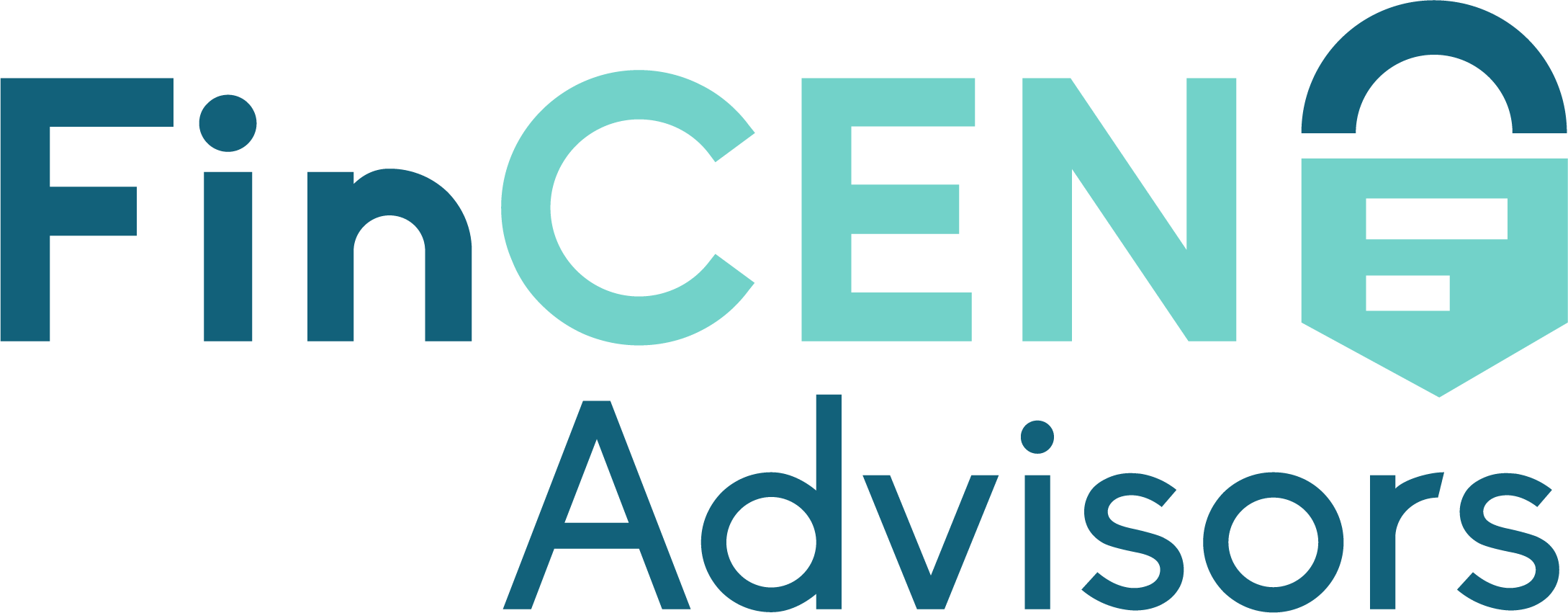In 2024, most U.S. businesses will have to comply with Corporate Transparency Act 2024 (CTA) reporting requirements that aim to reduce illicit financial activities.
Business regulations seem to regularly change. Staying well-versed in key legislation is crucial, as failing to comply with new guidelines can lead to penalties, fines, or imprisonment.
One new regulation businesses must soon comply with is the Corporate Transparency Act (CTA), which goes into effect on Jan. 1, 2024. This act was created to combat fraudulent corporate activities that have become more common and requires certain companies to report information about beneficial ownership.
A thorough understanding of the CTA is a must for businesses of all sizes, including learning why it came about, its implications, and how businesses can ensure compliance. This guide covers everything so that businesses can confidently operate within legal boundaries.
An overview of the CTA
The CTA represents an important shift in corporate transparency requirements. Enacted to counteract money laundering, terrorism financing, tax fraud, and other financial crimes, it imposes new obligations on businesses to ensure they report beneficial ownership information (BOI) properly. The act will require businesses to report this data to the Financial Crimes Enforcement Network (FinCEN) beginning Jan. 1, 2024.
The initial BOI report will be due Jan. 1, 2025, for companies created or registered before Jan. 1, 2024. For those created or registered after that date but before Jan. 1, 2025, they will have 90 days to file the initial report following the date it was notified of its creation or registration. Businesses created after Jan. 1, 2025 will have 30 days from that notice to file the initial BOI report.
There is no annual reporting requirement for this information. Reporting companies (those that are required to report BOI to FinCEN) will simply file an initial report and then update or correct reports as needed moving forward.
The background of the CTA
This act’s creation was a long time coming in the U.S. It’s helpful to explore the CTA’s broader impact on businesses and the financial ecosystem, underlining its role in fostering accountability.
The CTA’s creation can be traced back to a growing awareness within regulatory circles and government agencies about the vulnerabilities in the existing corporate transparency framework. In the early 2000s, instances of illicit financial activities exposed weaknesses in the regulatory apparatus, prompting a call for more robust measures.
Several high-profile cases underscored the ease with which individuals could exploit corporate structures to conceal their ownership and involvement in illicit activities. One key example is the Panama Papers leak in 2016, which revealed many different cases of illegal activities going on related to a lack of transparency requirements in the corporate world.
A crucial recognition was that corporate entities, particularly those structured as limited liability companies (LLCs) and other similar entities, were susceptible to misuse. The lack of stringent reporting requirements allowed bad actors to establish anonymous entities, making it challenging for authorities to trace and prevent financial crimes.
Revelations such as these prompted policymakers to explore strengthening transparency in corporate ownership. The CTA emerged as a legislative response aimed at addressing these issues.
By understanding the CTA’s history, businesses can appreciate that it is a carefully considered response to evolving challenges in the financial landscape. The legislation seeks to establish a more resilient and transparent foundation for corporate ownership, aligning with broader national and international efforts to combat financial crimes.
Key objectives of the legislation
Breaking down any type of legislation can be a challenge, especially when small businesses have limited resources. The most important features and objectives of the CTA include:
- Update disclosure requirements: The CTA introduces enhanced disclosure requirements for certain businesses, necessitating the reporting of BOI. Beneficial ownership refers to the individuals who directly or indirectly control a company.
- Combat illicit activities: The primary objective of the CTA is to curb illicit financial activities such as money laundering, terrorism, tax fraud, and other financial crimes. By requiring businesses to disclose BOI, the CTA aims to create a more transparent business environment, making it harder for individuals or entities to hide behind corporate structures for unlawful purposes.
- Expand business applicability: The CTA applies to a broad spectrum of businesses, encompassing various legal entities, including corporations, LLCs, and other similar entities. There are some exemptions, which are discussed later.
- Improve reporting requirements: Businesses that must follow CTA guidelines are required to register and report specific personal information about their beneficial owners. Reporting this data to FinCEN ensures a more complete picture of corporate ownership and control.
- Prevent the creation of shell companies: The CTA helps prevent the creation and misuse of “shell” companies, which have been used by wealthy individuals to take part in financial crimes. By unveiling the individuals with ultimate control, the CTA seeks to eliminate the anonymity often associated with such entities, making it more difficult for them to be used for illicit purposes.
The CTA outlines penalties for noncompliance, underscoring the importance of adherence to its provisions. Businesses must carefully review all requirements to send information promptly.
What the CTA means for businesses
What does actual compliance look like for businesses that are required to report? Let’s walk through a detailed breakdown of the CTA requirements:
Covered entities
The CTA applies to a broad spectrum of legal entities, including corporations, LLCs, and other similar entities. This wide scope ensures that various forms of businesses are subject to the CTA’s requirements.
Reporting to FinCEN
Covered entities are required to report specific information about their beneficial owners to the FinCEN, a bureau of the U.S. Department of the Treasury.
Required BOI
The reported beneficial ownership must be submitted on time, complete, and accurate for businesses to be considered compliant.
Ongoing reporting obligations
Covered entities must update their BOI within one year of any change in ownership or control. This ensures that the information provided to FinCEN remains current and reflective of the actual ownership structure.
Exemptions
Certain entities are exempt from the CTA’s reporting requirements, such as publicly traded companies, banks and credit unions, insurance companies, tax-exempt entities, and other business types already subject to robust disclosure requirements.
Confidentiality and privacy protections
The CTA includes provisions to safeguard the confidentiality of the reported information. Beneficial ownership data is not made public but is accessible to authorized government entities for law enforcement and national security purposes.
Penalties for noncompliance
Noncompliance with the CTA carries penalties. Fines may be imposed on entities failing to report accurate and timely information, and intentional violations can result in criminal penalties, including imprisonment.
Regulatory oversight and enforcement
The Act grants regulatory authorities the power to oversee compliance and enforce its provisions. Regulatory bodies will play a crucial role in ensuring that covered entities fulfill their reporting obligations.
Interagency cooperation
The CTA emphasizes interagency cooperation, allowing information sharing between FinCEN, law enforcement agencies, and other relevant bodies. This collaborative approach enhances the government’s ability to combat illicit financial activities effectively.
Recordkeeping
Covered entities are required to maintain records of their BOI and submit them to FinCEN upon request. This recordkeeping obligation reinforces the need for ongoing compliance and transparency.
Types of businesses affected
The CTA applies to a diverse array of businesses, from traditional corporations to less conventional entities. Understanding which businesses fall under the purview of the CTA is crucial.
Businesses should soon get started with understanding all the new reporting requirements. Next, we’ll walk through a comprehensive checklist that summarizes all of the important information for CTA compliance.
CTA compliance checklist for businesses
Businesses will need to act in 2024 to ensure adherence to the CTA. Follow this comprehensive checklist for compliance:
- Determine if you are a reporting company under the act: Reporting companies as defined by the CTA are domestic or foreign entities that are corporations, LLCs, and others that were created with a secretary of state or similar office filing in the U.S. Reporting companies must follow the FinCEN reporting guidelines.
- Identify beneficial owners: Under the CTA, beneficial owners are, directly or indirectly, someone who either:
- Exercises substantial control over the reporting company, or
- Owns/controls at least 25% of the company’s ownership interests.
- Gather applicable BOI to report: This includes each person’s:
- Name
- Date of birth
- Residential Address
- An identifying number from a form of ID, such as a driver’s license or passport, and an image of that ID document
- Learn FinCEN’s filing system: The FinCen filing system will not be available until Jan. 1, 2024, and at that time, FinCEN will publish instructions and guidance on how to use the system and complete the reporting form. Visit https://www.fincen.gov/boi for updates.
- Ensure robust recordkeeping: Effectively maintaining records helps ensure compliance with reporting requirements. Be thorough and detailed so you have all the relevant information available when the time comes to report.
A proactive stance towards documentation strengthens a business’s ability to meet regulatory standards. This checklist helps you prepare quickly.
Understanding CTA penalties
As noted, noncompliance with the CTA can result in severe penalties. Willful failure to comply with reporting requirements to FinCEN could result in civil or criminal penalties up to $500 per day as the violation continues or could even lead to criminal penalties, including imprisonment for up to two years and/or a fine up to $10,000.
However, if a business discovers an error in the information that was reported, and voluntarily corrects the information within 90 days of the original report deadline, there is a safe harbor from a penalty.
The potential penalties of noncompliance can be major, especially for small and mid-sized businesses. The CTA outlines exactly what is required, so ensuring a complete understanding and a plan to complete the filing on time is a must moving forward.
Future implications of the CTA
After businesses meet the CTA requirements by reporting their BOI, the goal is for the fraud landscape to shift, ensuring that corporations are not taking part in illicit activities with shell company creation and other illegal methods.
Moving forward, businesses must adopt proactive measures to stay abreast of evolving regulations. Because the CTA requirements aren’t in effect until 2024, it’s hard to know how the reporting process will impact businesses and what the government’s tool will look like. It’s important to stay up on the latest updates about FinCEN and the CTA.
Final thoughts on the importance of CTA compliance
The CTA is an important milestone for the U.S. in eliminating certain criminal activities that continue to plague the corporate market. Businesses must understand why this act was put into place and how to comply with requirements should they be considered a reporting company.
By prioritizing compliance, businesses can position themselves to thrive in an environment of increased transparency and accountability while avoiding potentially significant fines and penalties. Businesses that can embrace the CTA’s principles now are better positioned for long-term success.
It’s not always easy to know where to begin with CTA compliance and beneficial ownership reporting. All the definitions and guidelines can be hard to sift through, much less comply with. That’s why working with an expert is key to FinCEN reporting success.
FinCEN Advisors is here to provide guidance as businesses navigate the new requirements. We make filing your information seamless and easy, so you can get it off your plate and resume business as usual. Our experts know exactly what the law entails and will ensure your business completes your reporting requirements quickly, accurately, and completely.
Contact us now to get started with FinCEN filing and compliance.









